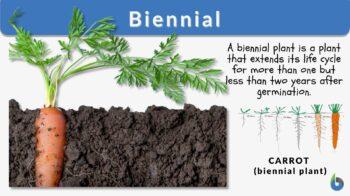
Biennial
n., [baɪˈɛniəl]
Definition: a plant whose life cycle extends for more than one but less than two years after germination.
Table of Contents
Biennial Definition
What is a biennial plant? Biennial plants are those that live for two years and flower only “once” in these two years. They usually grow vegetatively in the first year. Following the first year of vegetative growth, these plants flower, bear fruits, and set seeds in the second (and the last) year of their life cycles. After the seed germination process, they are fated to die.
Etymology
Biennial meaning has been derived from two Latin words “bi” meaning ‘twice’ and “annus” meaning ‘year’. Combinedly, they make another Latin word “biennis”. With the addition of ‘-al’ (English), it becomes “biennial”.
Overview
There are various things, occasions, and processes going on in the world. We define them by their frequency and occurrences sometimes. Things that occur every other year are called “annual”. Things that occur twice every year are called “biannual”. Similarly, there are things that happen every two years and they are referenced as “biennial”. So, when asked to define biennial, let’s be clear about it. People often confuse biennial with biannual. In case, you are questioned does biennial mean twice a year, you can explain that it doesn’t. Rather, biannual means twice a year. Now, that we have learned about both of these terms, we can clearly differentiate between the two. Like many other things, plants are also differentiated on the basis of the completion of their life cycles and the episodes of flowering in that defined life cycle. Plants that complete their life cycles in one year and flower only once in that period are called “annual” plants. While plants that live on for longer than 2 years and flower several times in their lifetime are called “perennial” plants. In between these two are the plants with a “biennial life cycle”. Let’s get to learn more about biennial plants and how they flower in detail.
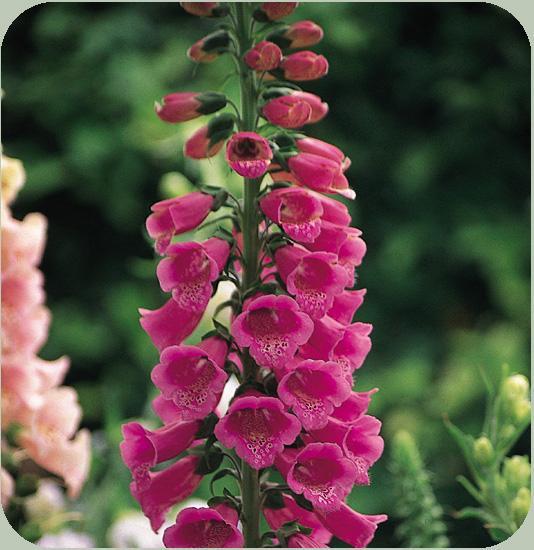
Biennial refers to a plant with a life cycle extending for more than one but less than two years after germination. Thus, biennial plants have a life cycle that normally takes two seasons from germination to death to complete. The flowering biennials usually bloom and fruit in the second season.
Common pointers
In order to comprehend what does biennial means, let’s try to make it into pointers for you. So, biennially flowering plants like carrot, fennel and hollyhock have some common things to them like:
- They are usually common to “temperate” parts of the world. Temperate climatic zones are on both sides of the equator, i.e., 40-60°N and 40-60°S.
- The first year of their life cycles: Year of “primary growth”. Primary growth entails the vegetative growth like shoot, leaves and roots growth.
- Rosette formation in the first year of growth: This usually happens as the internodes don’t prolong in the 1st year and hence all the leaves appear clustered to us in a “circular fashion”.
- “Difference in 1st year and 2nd year leaves” – Another interesting thing to note in biennial plants that form rosettes is that ‘not all leaves are similar in shape’. The leaves of the rosette borne in the 1st year are sometimes very distinct and different from the leaves that the biennial bears on the extended shoots in the 2nd year.
- First winter in their life cycles: “dormancy” phase. Biennial plants usually shed their leaves in this phase. They haven’t gained much height in the first year of growth and thus remain close to the ground.
- For some biennials, this dormancy phase plays a pivotal role in their life cycle regulation. Some plants flower only after a ‘cold treatment’, scientifically called the “vernalization” process. The very typical range of vernalization temperatures starts from 1°C and goes up to 7°C.
- Onset of spring or summer season: “beginning of second year” is characterized by the profusely distributed and abundant biennial flowers. This is followed by biennials bearing fruits and seeds to ensure the continuation of their family lines.
- Many times, this second sprint of growth brings along with it a ‘characteristic stimulation of internodal prolongation’. This is scientifically called “bolting”.


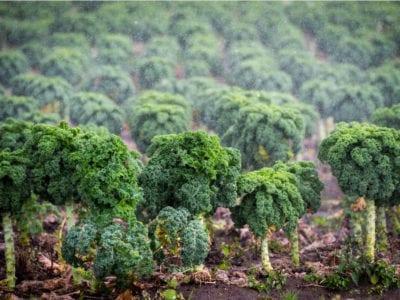
Abundance
If we talk about the abundance of annual, biennial, and perennial plants, biennials are less abundant than the other two categories. Plant biologists and ecologists have always been intrigued about this ‘abundance’ topic. Some possible explanations for the generally low abundance of biennial plants are:
- Biennials have a very narrow adaptive habitat. Based on a survey conducted by Vishwanathan et al. (Ref. 1), it was found that the species composition of biennials, annuals, and perennials are different. The number of species of biennials was the lowest, followed by the number of different species of annuals and the highest number of species of perennials in their area of survey. This relative difference in the numbers of species was reasoned to be a “specific habitat requirement” of biennials.
- The occurrences of biennials are more common in the Asteraceae family and Apiaceae family. But other plant families are relatively less abundant in terms of biennials. Based on the study by Silvertown, J. W. (Ref.2), this can be because of the long-existing evolutionary constraints. These constraints are defined by the plant architecture.
Contrasting Points
- Not all biennials complete their life cycles within 2 years and die. Some continue to live on even after 2 years (till 3-5 years) for reaching their full maturity level.
- Not all biennials last or are able to survive the complete span of 2 years. Some biennials, when growing under tough and competitive conditions, choose to complete their life cycles very early on. This could be as early as some six to seven months. In such a case, biennials are grown like annuals. Example: vegetables like lettuce, leeks, etc.
Biennial Plants Examples
There are several annual biennial and perennial plants examples, but let’s restrict ourselves to examples of biennial plants here. Some of them are:
- Wild carrot (Daucus carota)
- Wild mustard (Brassica nigra)
- Thistles (Cirsium)
- Hollyhocks (Alcea rosea)
- Cabbage family members
- Parsley (Petroselinum crispum)
- Sweet William Dwarf (Dianthus barbatus)
- Foxglove (Digitalis)
- Canterbury bells (Campanula medium)
- Celery (Apium graveolens)
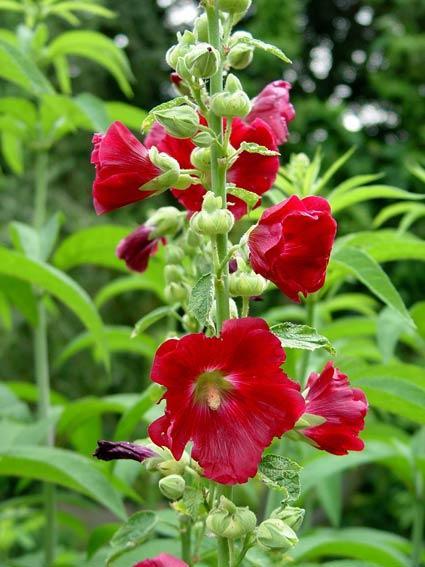

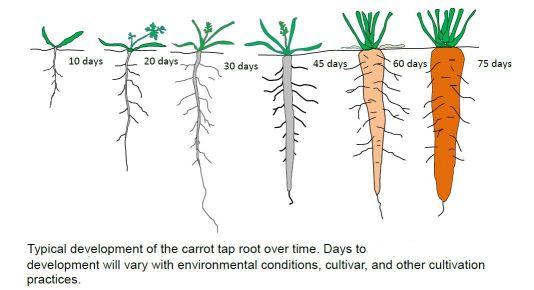
Try to answer the quiz below to check what you have learned so far about biennial plants.
References
- VISWANTHAN, D., & AARSSEN, L. W. (2000). Why biennials are so few: Habitat availability and the species pool. Écoscience, 7(4), 461–465. http://www.jstor.org/stable/42901264
- Silvertown, J. W. (1983). Why are Biennials Sometimes Not so Few? The American Naturalist, 121(3), 448–453. http://www.jstor.org/stable/2461163
- Amasino, R. A path to a biennial life history. Nature Plants 4, 752–753 (2018). https://doi.org/10.1038/s41477-018-0265-z
- Wiebe, H.J. 1990. Vernalization of vegetable crops – a review. Acta Hortic. 267, 323-328.
©BiologyOnline.com. Content provided and moderated by Biology Online Editors.


